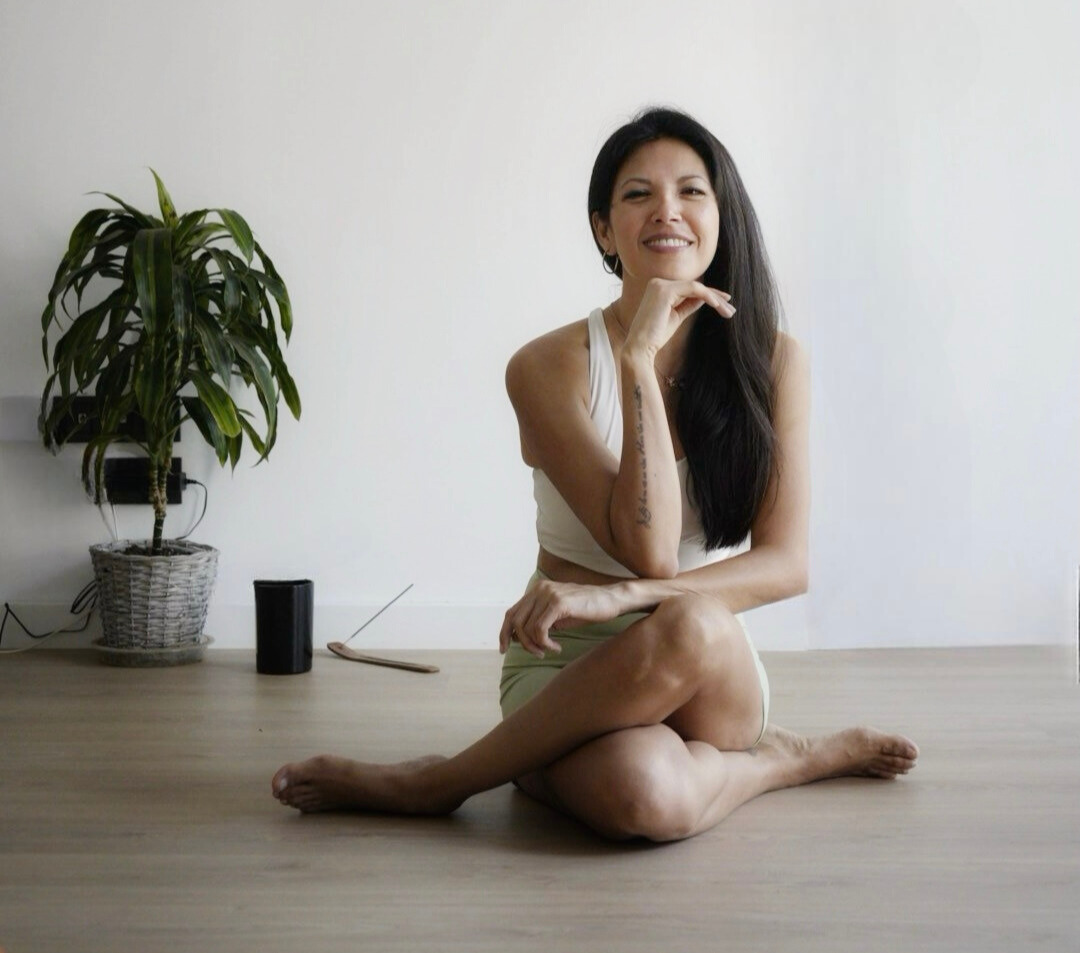How to prioritize your well-being at work.
In the pursuit of holistic wellness, it is essential to consider how our work and work environment affects our lives. We spend most of our day at work, and from the company to the work environment and culture, everything has a direct impact on us. It is crucial to commit to reflecting on how our responsibilities, expectations and environment affect us. Often, we become so absorbed in our work that we neglect our own space and time for wellness. Prioritizing holistic wellness means integrating healthy practices into our daily routine, rather than relegating them to free slots outside of work.
.
Establish healthy boundaries.
Set healthy boundaries.
In our society, always being busy is considered synonymous with success and prestige, which often leads us to neglect our well-being for the sake of achieving more. However, success goes beyond daily productivity and encompasses quality of life and personal enjoyment. It is essential to remember that we are whole beings and need to attend to all of our facets, including mental and emotional health.
.
Integrating mindfulness and wellness practices into our work life is critical to our balance and health. Establishing healthy boundaries between work and personal life is crucial to our well-being and must be clearly communicated.
.
Here are these tips that will help you create boundaries in and around your work:
- Disable work notifications outside of work hours.
- Schedule conscious breaks during the workday: give them as much priority as any other meeting of the day.
- Schedule conscious breaks during the workday: give them as much priority as any other meeting of the day.
- Make sure youtake full days offevery week.
- Practice communicating your needs and asking for support when needed.
Prioritizing your well-being at work not only benefits you, but also inspires others to do the same. Leading by example can transform the work culture to one that is more compassionate and focused on wellness.
Lead by example can transform the work culture to one that is more compassionate and focused on wellness.
.Work-Life Balance
.We are often told that we should prioritize work over our personal lives, but what if we change that perspective? What if we put life first? In doing so, we can nurture and support what matters most to us.
What if we put life first?
The first step is as we've already discussed, setting boundaries."
The second step is to recognize that our life matters. We are here to enjoy and experience all aspects of life, both personal and professional. By shifting our mindset from prioritizing work to prioritizing our life, we can find more fulfillment in each day.
We are here to enjoy and experience all aspects of life, both personal and professional.
Reflect on where work is in your life right now.
Are you properly balancing your personal and professional life?
Are you properly balancing your personal and professional life?
Pause and reflect on these questions, either in a quiet moment or by writing in a notebook:
Who am I?
Who am I outside of my career
?What's really important to me in life?
Are there areas of my life that I am neglecting?
.Where can I prioritize my well-being and make adjustments in my life?
.Am I taking care of both myself and those I care about?
.
Are I taking care of myself and those I care about?
Of course, work is critical, but it's not the only thing that's relevant. A global wellness study reveals that work wellness greatly influences our health and quality of life. Prioritizing your life over your work reminds you that you are more than your profession."
Your well-being encompasses all aspects of your life, including work. Reflect daily on how your work affects your well-being, making sure it is sustainable, matches your values and aligns with your purpose in life.
.

*Editor's note: The information in this article is intended for educational use only and is not a substitute for professional medical advice, diagnosis or treatment. Always seek the advice of your physician or other qualified health care providers with any questions you may have regarding a medical condition and before undertaking any diet, supplement, fitness, or other health programs.


